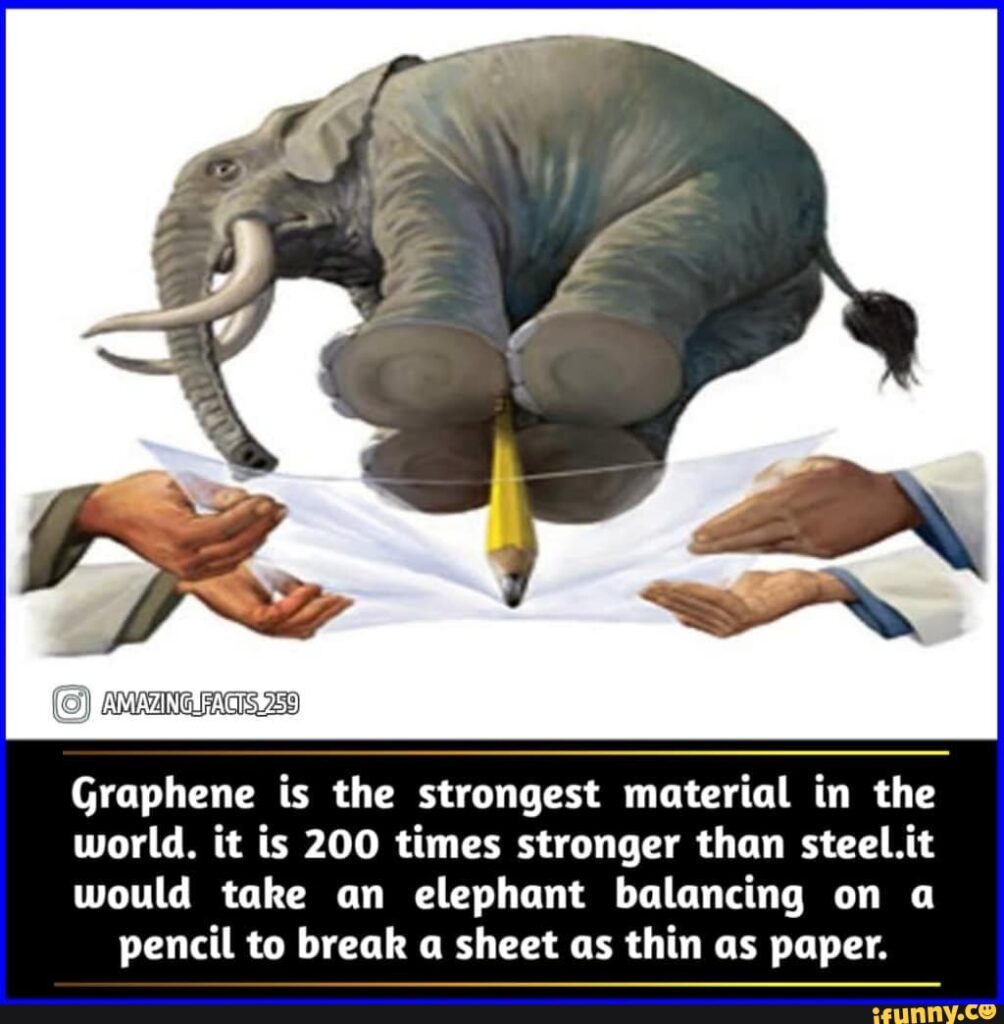Graphene, a one-atom-thick layer of carbon atoms arranged in a two-dimensional honeycomb lattice, has emerged as a material of paramount significance in various fields due to its extraordinary properties. Its remarkable electrical conductivity, outstanding mechanical strength, and excellent thermal conductivity have prompted extensive research into its potential applications. This article delineates some of the most compelling applications of graphene, highlighting the underlying fascinations that propel interest in this revolutionary material.
1. Electronics and Optoelectronics
As the demand for faster and more efficient electronic devices escalates, graphene has garnered attention as a groundbreaking component in semiconductors. Its ability to conduct electricity with minimal resistance (higher than that of copper) positions it as a potential replacement for silicon in integrated circuits. The phenomenon of ambipolar electric conduction in graphene suggests that it can efficiently manage both electron and hole transport, thereby providing opportunities for the development of advanced transistors aimed at enhancing the computational speed of microprocessors.
Moreover, graphene’s exceptional optical properties render it an ideal candidate for optoelectronic applications. Its transparency, coupled with a tunable bandgap, paves the way for innovations in photodetectors and photonic devices. These traits facilitate the design of next-generation solar cells and light-emitting devices, fostering advancements in green energy technologies.
2. Energy Storage and Generation
In the realm of energy technologies, graphene is being ardently explored for its roles in batteries and supercapacitors. The high surface area and electrochemical stability of graphene enable the development of energy storage devices that can outperform conventional systems. For instance, graphene-based supercapacitors can offer rapid charging and discharging capabilities while retaining an impressive energy density, making them suitable for electric vehicles and portable electronics.
Additionally, graphene exhibits potential in fuel cell technology. Its catalytic properties can enhance the performance and efficiency of hydrogen fuel cells, bridging the gap between current energy storage methods and sustainable energy solutions. As the world transitions to renewable energy sources, the integration of graphene into energy systems may become increasingly vital.
3. Composite Materials
The structural enhancements provided by graphene in composite materials are profound. When integrated into polymers, metals, or ceramics, graphene can significantly improve mechanical properties, such as tensile strength and toughness. For example, graphene-reinforced composites exhibit superior resistance to impact and fatigue, thereby extending the lifespan of various materials in aerospace and automotive industries.
This application underscores a broader fascination with lightweight materials that do not compromise strength. In industries where weight reduction is crucial—such as automotive and aerospace—graphene composites can contribute to more fuel-efficient and environmentally friendly designs.
4. Biomedical Applications
In the domain of biomedical science, graphene presents an exciting frontier. Its biocompatibility positions it as a favorable candidate for drug delivery systems and tissue engineering. Graphene oxide, for instance, can serve as a scaffold for cell growth, potentially revolutionizing regenerative medicine.
Furthermore, its ability to detect biomolecules at low concentrations opens avenues for the development of biosensors capable of diagnosing diseases at early stages. Such applications not only foster improved patient outcomes but also illustrate the potential for graphene to facilitate breakthroughs in personalized medicine.
5. Water Filtration and Desalination
The global water crisis necessitates innovative solutions for water purification and desalination. Graphene’s unique permeability characteristics allow for the filtration of water at an unprecedented scale. Graphene oxide membranes have demonstrated potential for selectively allowing water molecules to pass while effectively blocking salts and other contaminants. This advancement could revolutionize desalination processes, making freshwater accessible in arid regions through economically viable technologies.
The intersection of material science and environmental sustainability is a domain where graphene excels. It embodies the quest for solutions that address pressing global challenges, further intensifying the fascination surrounding its applications.
6. Sensors and Detectors
Highly sensitive sensors are imperative in various applications, from environmental monitoring to health diagnostics. Graphene’s surface properties enable it to interact with target molecules, resulting in significant changes in electrical conductivity. This sensitivity can be harnessed to develop gas sensors that detect pollutants at minute concentrations, thus contributing to environmental protection and public health.
In the context of health diagnostics, graphene-based sensors can enable the detection of various biomarkers, profoundly impacting disease management and prevention strategies. Such applications exemplify how graphene technology can be intertwined with societal needs, enhancing the fascination with its potential.
7. Photonics and Telecommunications
Graphene boasts promising properties for advancing telecommunications and photonic technologies. Its capacity for ultrafast charge carrier mobilities can facilitate the development of high-frequency transistors essential for fast communication systems. The ability of graphene to manipulate light at the nanoscale presents exceptional opportunities for photonic integration, potentially allowing for faster and more efficient data transmission.
As the demand for high-speed internet and advanced communication networks continues to grow, the exploration of graphene in this arena speaks to an essential desire for connectivity, efficiency, and innovation in telecommunications.
Conclusion
The myriad applications of graphene span diverse fields, including electronics, energy storage, medicine, and environmental science. Each application underscores a shared fascination with a material that not only exemplifies cutting-edge technological advancements but also addresses fundamental challenges faced by modern society. As research continues to unveil the potential of graphene, its implications may reshape our understanding of materials science and revolutionize multiple domains in the years to come.












